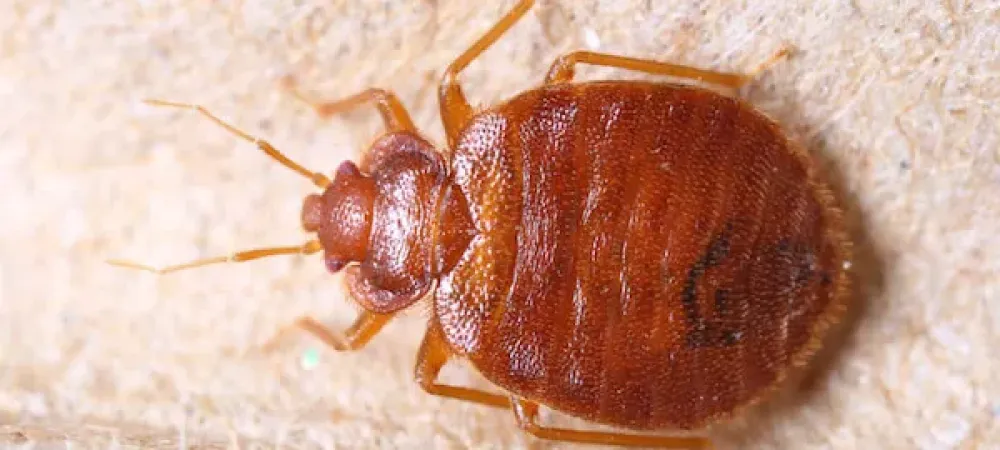How to Find Bed Bugs

Bed bugs are unwelcome guests that can turn your peaceful night's sleep into a nightmare. These tiny, blood-sucking insects are notorious for their ability to hide in cracks and crevices, making them difficult to detect. However, early detection is crucial in preventing a full-blown infestation. In this guide, we'll explore the various methods and signs to help you find bed bugs before they become a major problem.
Visual Inspection
One of the most common ways to find bed bugs is through a visual inspection. Here's how to do it:
- Check the Mattress and Bedding: Start by examining your mattress, including the seams, folds, and tufts. Bed bugs often hide in these areas, as they are close to their food source (you). Look for tiny reddish-brown bugs, shed exoskeletons, or tiny white eggs.
- Inspect the Box Spring: Bed bugs also like to hide in the box spring. Remove the fabric covering and thoroughly inspect the wooden frame and corners.
- Check Other Furniture: Bed bugs can infest other furniture in the room, such as nightstands, dressers, and upholstered chairs. Pay special attention to seams and crevices.
- Look for Blood Spots: Bed bugs leave behind small blood spots on sheets and pillowcases after feeding. These spots are often a telltale sign of an infestation.
Use a Flashlight
Bed bugs are excellent at hiding in dark crevices. To find them, use a flashlight to illuminate potential hiding spots, such as:
- Baseboards and Moldings: Inspect the area where the walls meet the floor and any cracks or gaps in the baseboards.
- Electrical Outlets: Bed bugs can hide behind electrical outlets. Carefully remove the cover and check inside.
- Wall Hangings: Remove pictures and wall hangings to examine the wall behind them.
Bed Bug Interceptors
Bed bug interceptors are devices designed to trap bed bugs as they crawl onto or off of your bed. These can be placed under the legs of your bed frame. Check the interceptors regularly for trapped bugs, which can provide evidence of an infestation.
Canine Inspections
Bed bug-sniffing dogs are trained to detect the scent of bed bugs. Hiring a professional canine inspection team can be a highly effective way to find bed bugs, especially in larger spaces like hotels or apartment complexes.
Look for Bites and Skin Reactions
If you wake up with unexplained bites or itchy, red welts, it could be a sign of bed bug bites. Not everyone reacts to bed bug bites, but if you do, it's a strong indicator that bed bugs might be present.
Check for Musty Odors
Bed bugs release a musty, sweet odor that some people compare to the smell of coriander or cilantro. If you notice this unusual scent in your bedroom, it could be a sign of an infestation.
Inspect Luggage After Travel
Bed bugs are notorious hitchhikers and can be picked up during travel. After a trip, inspect your luggage, clothing, and other belongings for any signs of bed bugs before bringing them inside your home.
Finding bed bugs early is essential to prevent a small problem from turning into a costly and stressful infestation. Regular visual inspections, the use of tools like flashlights and bed bug interceptors, and paying attention to signs like bites or odors are all valuable methods for detecting bed bugs. If you suspect an infestation, consider consulting with a bed bug treatment professional to develop a comprehensive plan for elimination. Remember, early detection and swift action are your best allies in the battle against these unwanted pests.

